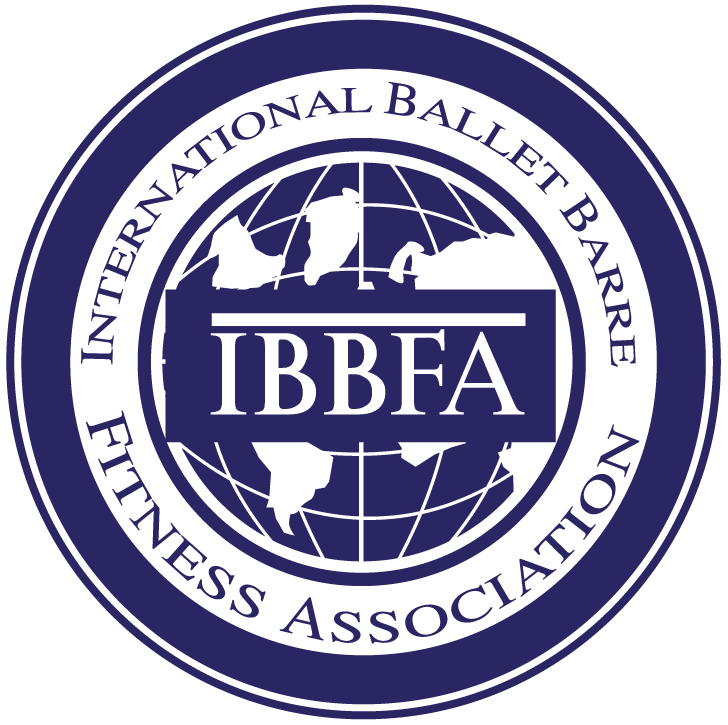What is Barre?
History of Barre
Barre is one of the fitness industry’s fastest growing trends. It’s no surprise that clients have fallen in love with low impact, high results classes that are fun, engaging and challenging. Barre workouts are heavily influenced by Ballet, Yoga, Pilates, Dance-based aerobics, and a few pioneers that took it from the dance studio to the masses.
The name you hear most often associated with Barre is Lotte Berk. This is because Berk, a former modern dancer in the 1930’s, was the first known instructor to bring this type of workout to the general public. Berk’s classes were focused on isometric movements and intended to challenge the body and her clients in ways many were not yet familiar to the general public. What was done in original Berk classes would not be entirely representative of what Barre is today. As Barre is known for being safe for students of all ability levels, many of the Lotte Berk exercises practiced in her studio from the late 1950’s through the 1970’s would be considered unsafe or unattainable for a typical Barre student today. Knowing what we know now, medical and fitness experts have adjusted many of the exercises to make them appropriate for students of any background or ability level.
The influence of Pilates and Yoga helped shape what Barre is today as it became more common in a boutique fitness studio setting. Classes tend to flow from one exercise to the next, often with a reoccurring theme or targeted area to help clients improve their mind-body connection.
The real secret to Barre is that dancers have been doing many of the exercises for DECADES! Dancers, particularly ballerinas, have been using Barre exercises to build strength when doing injury rehabilitation and conditioning. Those that have prepared for Pointe work will find most of the exercises in Barre classes to mimic what they have done in Ballet classes. Though Barre classes today are far from a traditional Ballet class, quality instruction should include Ballet principles, terminology, placement and movements.
Barre workouts, as they are known today, are challenging and for all bodies. Though its origins are in the dance community, educators in the industry have used medically sound methods to ensure safety is the highest priority in each and every class. Expert instructor training programs use the melting pot of influence to ensure that classes are effective using ballet and traditional Lotte Berk principles, while ensuring that each exercise is anatomically sound. You do not need to have a background in ballet or fitness to begin your Barre journey! Find a certified instructor today to get started!
